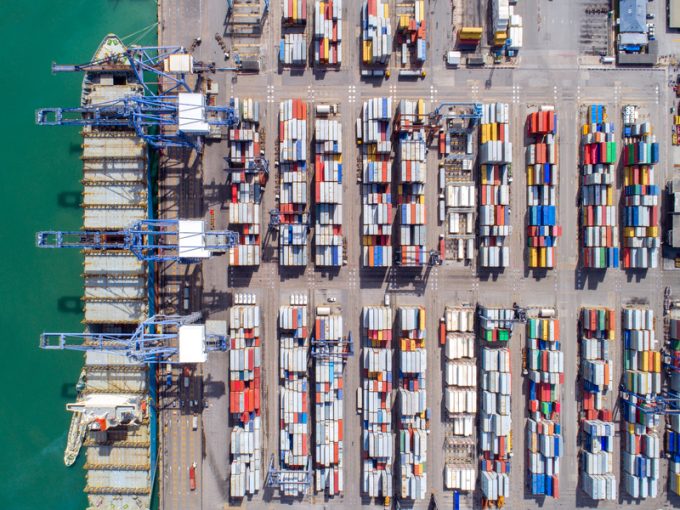Union calls more 'warning strikes' at German ports as talks restart
German trade union ver.di has called on its members to take part in ‘warning strikes’, ...
TFII: SOLID AS USUALMAERSK: WEAKENINGF: FALLING OFF A CLIFFAAPL: 'BOTTLENECK IN MAINLAND CHINA'AAPL: CHINA TRENDSDHL: GROWTH CAPEXR: ANOTHER SOLID DELIVERYMFT: HERE COMES THE FALLDSV: LOOK AT SCHENKER PERFORMANCEUPS: A WAVE OF DOWNGRADES DSV: BARGAIN BINKNX: EARNINGS OUTODFL: RISING AND FALLING AND THEN RISING
TFII: SOLID AS USUALMAERSK: WEAKENINGF: FALLING OFF A CLIFFAAPL: 'BOTTLENECK IN MAINLAND CHINA'AAPL: CHINA TRENDSDHL: GROWTH CAPEXR: ANOTHER SOLID DELIVERYMFT: HERE COMES THE FALLDSV: LOOK AT SCHENKER PERFORMANCEUPS: A WAVE OF DOWNGRADES DSV: BARGAIN BINKNX: EARNINGS OUTODFL: RISING AND FALLING AND THEN RISING

South American drug cartels using containers to ship their goods into consumer markets has been on a steep upward curve in recent years, as smugglers have begun to realise that the trade routes have become increasingly complicated due to transhipment operations. This analysis, in Maritime Executive by maritime law expert Ian Ralby, looks at last year’s discovery of 1.5 tonnes of cocaine in a container in Hamburg and contends that it was wrong for many at the time to focus on the fact that the box arrived on a CMA CGM ship. Far more attention needs to be paid to the journey of the box itself, rather than the vessel that carried it, he argues. “It may be more important to watch the movement of containers than it is to watch the movement of vessels when tracking drug shipments, particularly as container transhipment creates confusion as to the actors who may be involved in the journey of the drugs.
“The news stories around this case, and even some criminology publications, all focused on the vessel that brought the container to Hamburg. The real story is the voyage of the container, as that is how we can determine how the drugs actually got from wherever they originated to Germany.”
Comment on this article